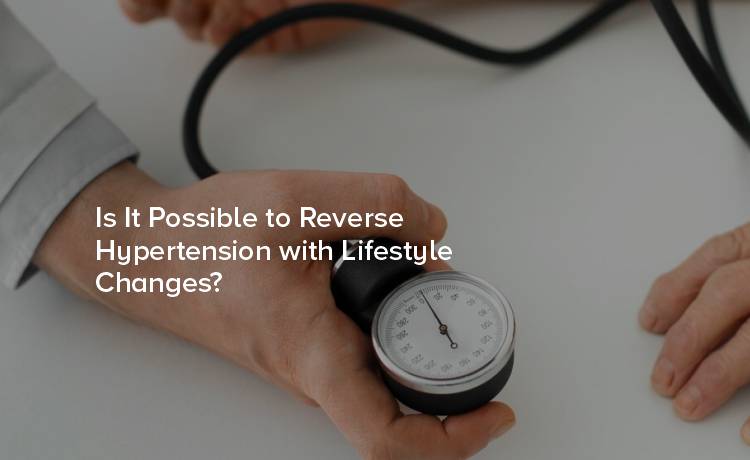
Hypertension, often referred to as the "silent killer," affects nearly half the adult population in the United States. Left unchecked, high blood pressure can lead to serious complications, including stroke, heart attack, and kidney disease. Understandably, many people diagnosed with hypertension ask themselves a crucial question: “Can I reverse this condition through lifestyle changes?
Understanding Hypertension
Hypertension occurs when the force of blood against the artery walls is consistently too high. Blood pressure is recorded as two numbers, such as 120/80 mmHg:
Blood pressure readings are categorized as:
Persistent high blood pressure forces the heart and blood vessels to work harder, potentially causing damage to both over time.
While genetics, age, and other factors influence your risk of hypertension, lifestyle plays a critical role. Factors such as diet, physical activity, stress, and habits like smoking and drinking contribute to blood pressure levels. Research shows that adopting healthier behaviors can reduce or even reverse high blood pressure.
Diet is one of the most effective ways to control and reverse high blood pressure. Focus on eating whole, nutrient-dense foods while reducing salt and processed items.
The DASH Diet
The Dietary Approaches to Stop Hypertension (DASH) diet has been extensively studied for its ability to lower blood pressure. This diet emphasizes:
At the same time, it limits:
Reduce Sodium Intake
Excess sodium is a known contributor to high blood pressure. Health guidelines recommend consuming no more than 2,300 milligrams (about 1 teaspoon) of sodium per day, though 1,500 milligrams is ideal for those with hypertension.
Include Potassium-Rich Foods
Potassium helps balance sodium levels in the body and lowers blood pressure. Foods rich in potassium include bananas, spinach, sweet potatoes, and avocados.
Physical activity strengthens the heart and lowers blood pressure by improving cardiovascular efficiency. Aim for at least 150 minutes of moderate-intensity exercise per week or 30 minutes most days.
Effective Exercises for Blood Pressure Management:
Even light activities like gardening or gentle stretching can benefit those starting their fitness journeys.
Excess weight puts additional strain on the heart and blood vessels. Losing just 5–10% of body weight can lead to significant blood pressure reductions.
Body Mass Index (BMI)
A BMI below 25 is generally considered a healthy weight range. However, talk to a doctor or nutritionist to determine the right weight goal for your health.
Chronic stress can keep blood pressure elevated over time. Stress management is crucial for overall heart health.
Techniques to Try:
Both alcohol and smoking raise blood pressure and increase the risk of hypertension-related complications.
Alcohol
While moderate alcohol consumption (1 drink per day for women, 2 for men) is deemed acceptable for some, even small reductions in alcohol intake can lower blood pressure.
Smoking
Smoking damages blood vessels and accelerates hardening of the arteries. Quitting smoking, even later in life, drastically reduces health risks.
Poor sleep, particularly conditions like sleep apnea, has a strong link to hypertension. Adults should aim for 7–9 hours of quality sleep each night.
Tips for Better Sleep:
The time frame for reversing hypertension depends on the individual and the extent of lifestyle changes made. Some people see improvements in weeks, while for others, it may take a few months. Consistency is key, and combining multiple strategies often produces the best results.
While lifestyle changes are powerful, some individuals may still require medication to manage their blood pressure. It’s essential to consult a healthcare provider if:
Remember, medication and lifestyle changes often work hand-in-hand to improve outcomes.
Reversing hypertension through lifestyle changes is not only possible but highly achievable for many people. By adopting a heart-healthy diet, staying active, managing stress, and addressing habits like smoking and drinking, you can improve your blood pressure and overall well-being significantly.